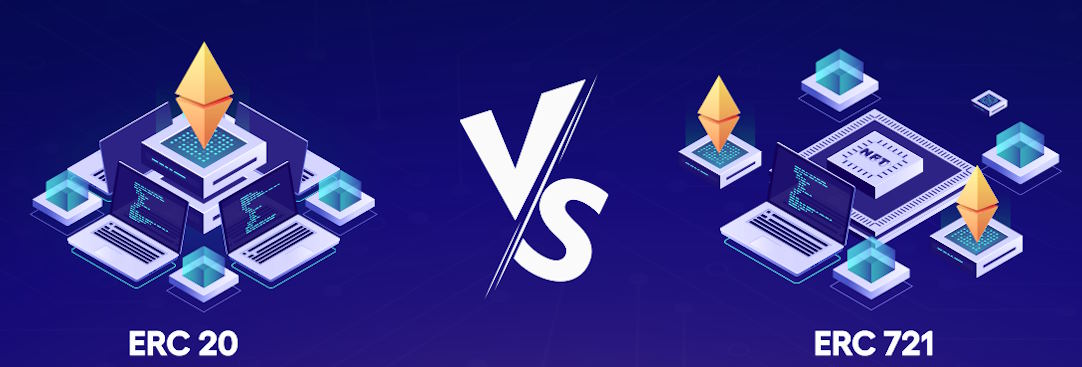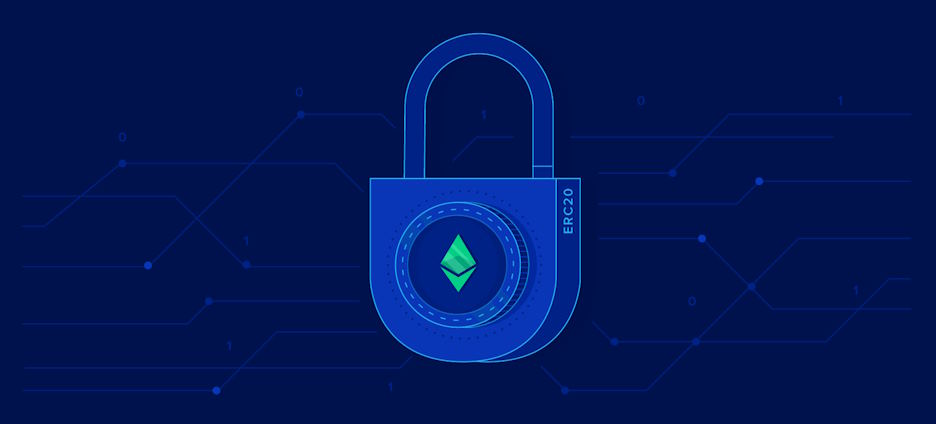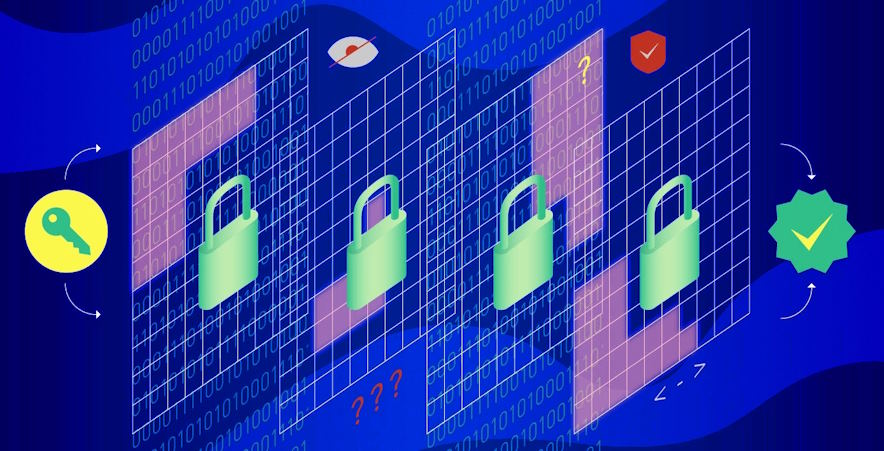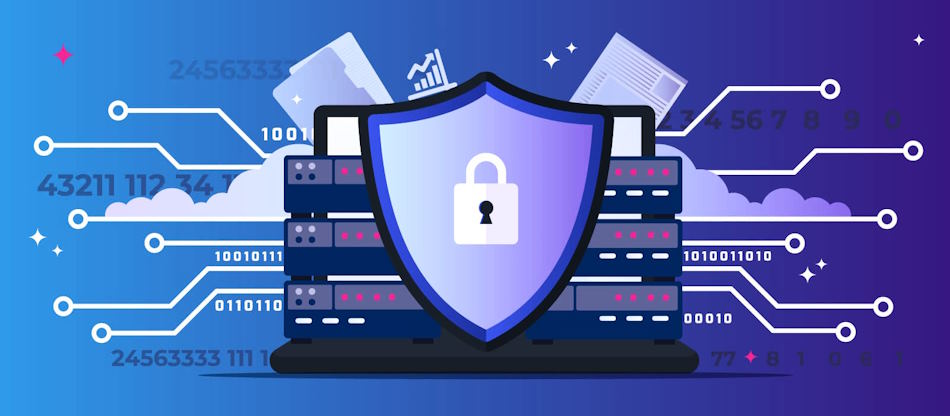Tokens have metamorphosed into the heartbeat of blockchain ecosystems, serving as digital representations of real-world assets and value. The pivotal role of tokens has spawned the development of standardized frameworks that ensure interoperability, efficiency, and security. At the forefront of this standardization are ERC-20 and ERC-721, two distinct yet integral token standards. ERC-20 tokens are synonymous with fungibility and have underpinned the rise of decentralized finance (DeFi) by enabling seamless exchange and utilization. On the other hand, ERC-721 tokens introduce a paradigm shift by prioritizing uniqueness and individuality, finding their niche in domains like digital art and collectibles. While these token standards have revolutionized digital ownership and value exchange, they have not been impervious to security vulnerabilities and exploits.
Understanding ERC-20 Tokens
Features and Characteristics
ERC-20 tokens have cemented their place as a cornerstone of the blockchain ecosystem due to their unique features and characteristics. At the core of their design lies fungibility, a quality that ensures each token unit is interchangeable with another of the same value. This interchangeability forms the foundation for various applications, including cryptocurrencies, stablecoins, and utility tokens. With ERC-20 tokens, the seamless transfer of value and participation in decentralized applications become a reality, fostering a thriving economy within the blockchain space. For instance, tokens like DAI and USDC demonstrate the utility of ERC-20 tokens in the realm of stablecoins, offering price stability and enabling efficient cross-border transactions.
Security Considerations
While ERC-20 tokens have opened new avenues for innovation, they haven’t been impervious to security challenges. Common vulnerabilities, such as the reentrancy attack famously exploited in the DAO hack, have underscored the importance of robust security practices. Additionally, issues like improper input validation and inadequate access controls have exposed vulnerabilities in token contracts. To mitigate these risks, developers must prioritize thorough smart contract audits and code reviews. Employing multi-signature wallets and implementing stringent access controls can also enhance security. Cold storage solutions provide an extra layer of protection for valuable token holdings.

Exploring ERC-721 Tokens
Features and Characteristics
ERC-721 tokens have ushered in a new era of tokenization by introducing non-fungibility and uniqueness to the blockchain landscape. Unlike their fungible counterparts, each ERC-721 token possesses distinctive properties, making them ideal for representing one-of-a-kind assets. This uniqueness lends itself to a multitude of creative applications, with digital art and collectibles taking center stage. Artists can tokenize their creations as ERC-721 tokens, enabling provenance tracking, ownership authentication, and new monetization models.
Security Considerations
The uniqueness of ERC-721 tokens brings forth a set of security considerations different from those of fungible tokens. Managing the authenticity and ownership of each token requires careful attention to prevent unauthorized duplication or counterfeiting. Proper implementation of access controls is crucial to ensure only authorized users can modify token ownership records. Additionally, protecting private keys becomes paramount as they grant control over these unique assets.
Enhancing ERC-721 token security involves employing decentralized identity solutions, where users’ identities are tied to their tokens through cryptographic means. This reduces the risk of identity theft and enhances overall security. Furthermore, utilizing metadata to store ownership history and transaction details can create an auditable trail, adding another layer of transparency and security.

Evolution and Beyond: New Token Standards
ERC-1155: Introduction and Benefits
The blockchain landscape continually evolves, birthing new token standards that refine and redefine how assets are represented and managed. One such innovation is ERC-1155, a hybrid standard that merges the best of both ERC-20 and ERC-721 tokens. ERC-1155 tokens bring a novel approach, enabling a single smart contract to manage multiple token types. This consolidation not only reduces blockchain bloat but also offers enhanced efficiency in terms of gas costs and contract deployment. Furthermore, the standard’s flexibility allows developers to create fungible and non-fungible tokens under the same umbrella, simplifying complex token ecosystems.
Security Advancements in ERC-1155
ERC-1155 inherits lessons from the security experiences of ERC-20 and ERC-721 tokens, paving the way for improved security measures. By incorporating battle-tested security practices, ERC-1155 developers can address known vulnerabilities like reentrancy attacks and input validation issues. A notable innovation is the introduction of secure multi-token contracts. These contracts facilitate the issuance of various tokens under a unified structure, reducing the risk of errors and vulnerabilities associated with deploying multiple contracts.





